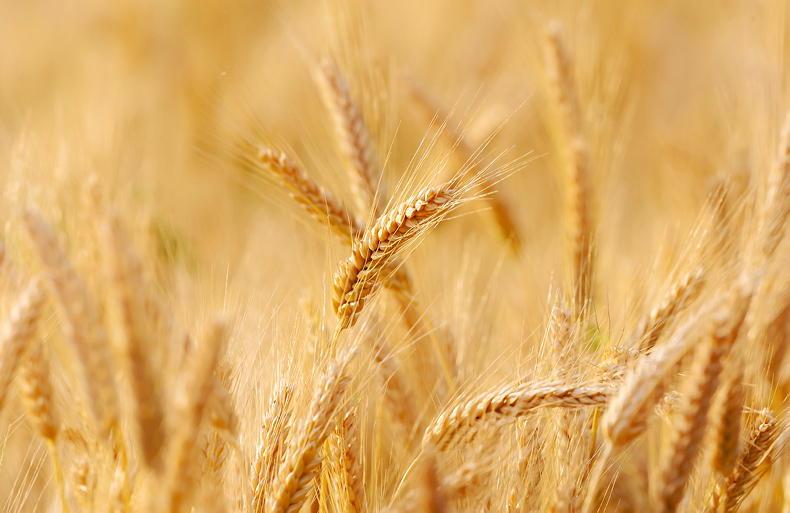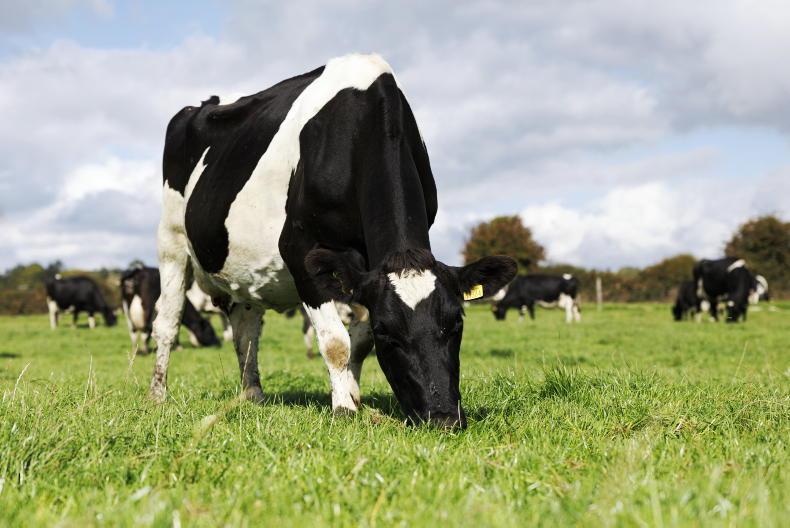International food commodity prices have moderated and fallen to below pre-war levels. However, they are still above historical averages, which according to researchers at the International Food Policy Research Institute (IFPRI), reflects the impact of supply disruptions and the rebound in global demand post-COVID-19. Notwithstanding this, consumers continue to see food prices increase in most countries. According to the IFPIRI, the global food crisis is far from over and the Global Report on Food Crises suggests that those facing acute food insecurity in the world is at the highest level in the six year history of the report.
Food price inflation mounted in 2022
IFPIRI analysis shows that in January 2022, consumer food prices in many countries had already increased 5-10% on the previous year. However, by July, consumers in a majority of both high and low income countries experienced food price increases of between 10% and 30%, with some countries actually exceeding this level.
The Ukraine war came at a time when global agricultural commodity markets were already tight. Demand, which surged post-COVID-19 amid supply chain challenges, put pressure on food, energy and fertiliser prices as well as freight costs, according to the IFPIRI. The disruption to food, energy and fertiliser markets brought about by Russia’s war in Ukraine pushed prices higher. Many countries responded by introducing export restrictions on commodity exports including wheat, vegetable oils and fertiliser. By the end of April, 17% of globally traded food staples (Kcals) were subject to restrictions, according to IFPIRI’s Food and Fertiliser Restrictions Tracker.
Factors driving commodity price decline
International wheat and maize prices have declined notably, while meat and dairy prices remain on a moderate upward trend, according to the IFPIRI. Cereal prices however remain above levels of last year and pre-COVID-19.
The recent price softening has been attributed to a number of factors, including slower growth in China as a result of ongoing COVID-19 lockdowns. The stronger dollar has softened prices of internationally traded commodities. Countries have eased trade restrictions, which has brought some relief to markets. IFPIRI notes that the share of the global cereal and vegetable oil trade subject to restrictions dropped from 17% to 7% of trade. The recent harvest in the northern hemisphere has expanded the supply of grain. Weaker global demand has eased freight costs, which are resuming the trend that was apparent before the Ukraine war.
Notwithstanding this, IFPIRI cautions that the food crisis is far from over. International food prices remain high by historical standards, markets remain tight and price volatility remains. The risk of price shocks remains high and according to the researchers, further problems with Ukraine production and shipments or any other geopolitical or weather shocks could trigger price surges.
As a result, food security remains a key risk in many countries. IFPIRI notes that the most vulnerable people continue to be affected by sharply increasing food costs and have seen little relief as global food prices have fallen.
International food commodity prices have moderated and fallen to below pre-war levels. However, they are still above historical averages, which according to researchers at the International Food Policy Research Institute (IFPRI), reflects the impact of supply disruptions and the rebound in global demand post-COVID-19. Notwithstanding this, consumers continue to see food prices increase in most countries. According to the IFPIRI, the global food crisis is far from over and the Global Report on Food Crises suggests that those facing acute food insecurity in the world is at the highest level in the six year history of the report.
Food price inflation mounted in 2022
IFPIRI analysis shows that in January 2022, consumer food prices in many countries had already increased 5-10% on the previous year. However, by July, consumers in a majority of both high and low income countries experienced food price increases of between 10% and 30%, with some countries actually exceeding this level.
The Ukraine war came at a time when global agricultural commodity markets were already tight. Demand, which surged post-COVID-19 amid supply chain challenges, put pressure on food, energy and fertiliser prices as well as freight costs, according to the IFPIRI. The disruption to food, energy and fertiliser markets brought about by Russia’s war in Ukraine pushed prices higher. Many countries responded by introducing export restrictions on commodity exports including wheat, vegetable oils and fertiliser. By the end of April, 17% of globally traded food staples (Kcals) were subject to restrictions, according to IFPIRI’s Food and Fertiliser Restrictions Tracker.
Factors driving commodity price decline
International wheat and maize prices have declined notably, while meat and dairy prices remain on a moderate upward trend, according to the IFPIRI. Cereal prices however remain above levels of last year and pre-COVID-19.
The recent price softening has been attributed to a number of factors, including slower growth in China as a result of ongoing COVID-19 lockdowns. The stronger dollar has softened prices of internationally traded commodities. Countries have eased trade restrictions, which has brought some relief to markets. IFPIRI notes that the share of the global cereal and vegetable oil trade subject to restrictions dropped from 17% to 7% of trade. The recent harvest in the northern hemisphere has expanded the supply of grain. Weaker global demand has eased freight costs, which are resuming the trend that was apparent before the Ukraine war.
Notwithstanding this, IFPIRI cautions that the food crisis is far from over. International food prices remain high by historical standards, markets remain tight and price volatility remains. The risk of price shocks remains high and according to the researchers, further problems with Ukraine production and shipments or any other geopolitical or weather shocks could trigger price surges.
As a result, food security remains a key risk in many countries. IFPIRI notes that the most vulnerable people continue to be affected by sharply increasing food costs and have seen little relief as global food prices have fallen.










SHARING OPTIONS